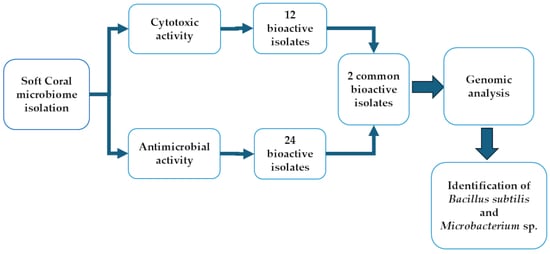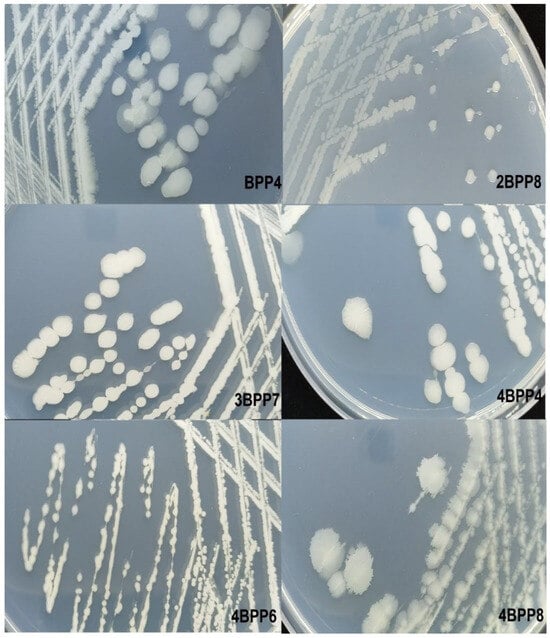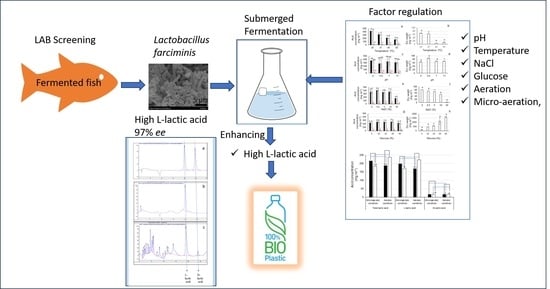- Article
Bioactive Potential of Soft Coral-Associated Bacteria Collected from the Red Sea, Egypt
- Doaa S. Aboelwafa,
- Abdel-Hamied M. Rasmey and
- Akram A. Aboseidah
- + 2 authors
In this study, we used a culture-dependent approach to explore the biochemical potential of bacteria associated with two genera of soft corals collected from the Red Sea (phylum Cnidaria, class Anthozoa, subclass Octocorallia, order Alcyonaceae, and family Alcyoniidae). The soft corals were identified as Cladiella sp. and Paralemnalia sp. The associated bacteria were isolated on marine agar, nutrient agar, starch casein agar, ISP2 Agar, and M1 agar. The highest proportion of strains was recovered using marine agar, followed by nutrient agar and M1. We focused on Gram-positive bacteria and evaluated their cytotoxicity and antimicrobial activity. About 24% of the bacterial samples demonstrated promising cytotoxicity against Ehrlich ascites carcinoma (EAC). Out of 12 bioactive isolated strains, two bacterial isolates showed strong cytotoxicity, with IC50 values of 134.47 and 148.5 µg/mL, respectively. Nine isolates displayed significant antimicrobial activity against two tested pathogens. Based on the 16S rRNA gene sequence, two bioactive bacterial isolates were identified as Bacillus subtilis and Microbacterium sp. These findings indicate that bacteria associated with soft corals could be a valuable source of new bioactive compounds with potential uses in drug development. Furthermore, our data add important insights to the understudied field of host-microbiome relationships in soft corals.
25 December 2025





